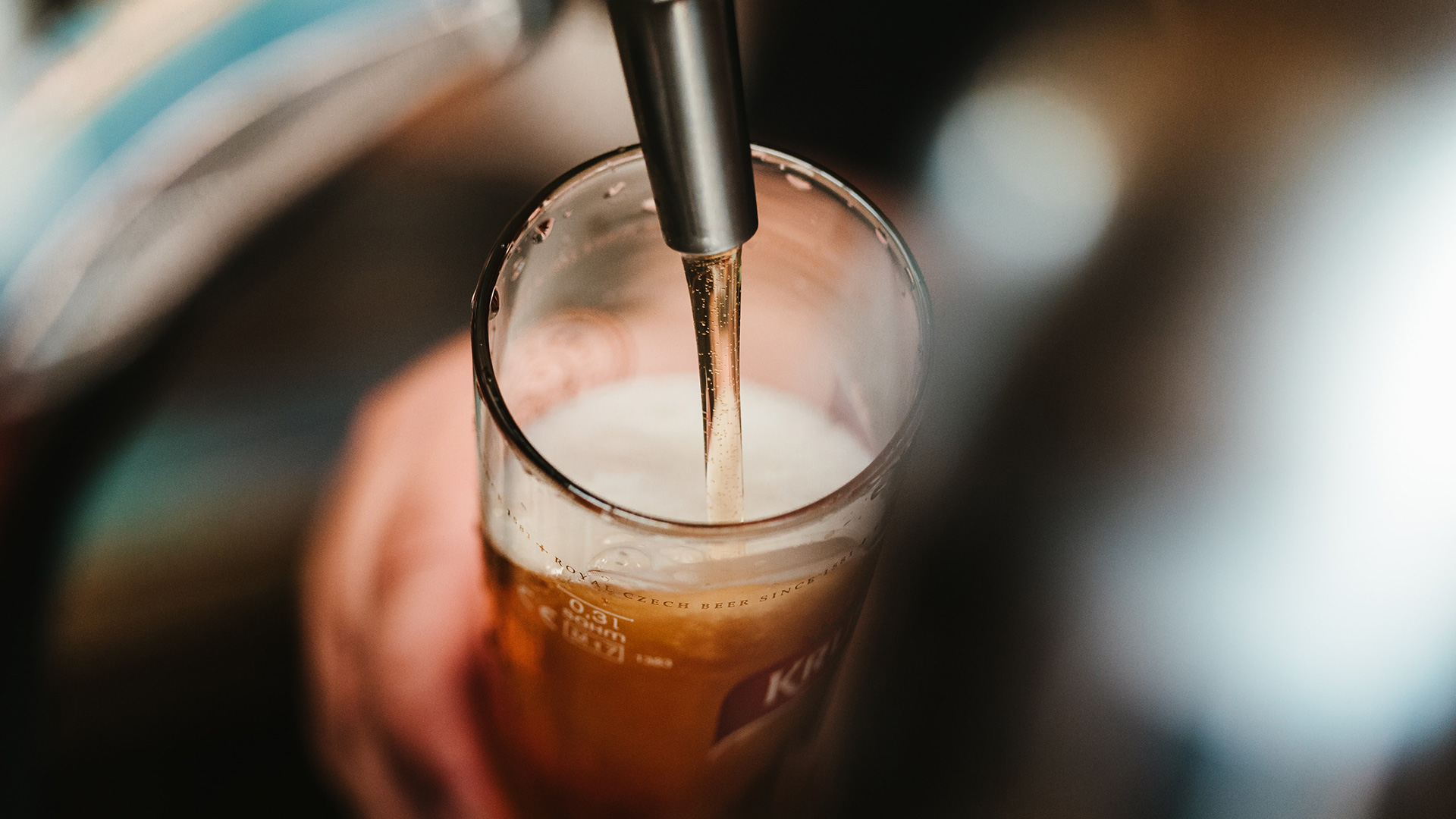How to lose weight on your stomach: Get a trim waistline and go down a jeans size
How to lose weight on your stomach – a favourite question people ask PTs. We've got their secrets here


'How to lose weight on your stomach' is a commonly-googled phrase, and often the first question personal trainers get asked – from both men and women. There's a short answer: unfortunately there's no miracle hack which will just strip weight from your stomach alone.
However, some of the best exercises for weight loss combined with a healthy eating approach can help get rid of fat in general, including the belly region. In this article, we'll take a look at the best ways to lose weight from your stomach.
Also, it's worth asking yourself why you want to lose weight from your stomach. Instead of focusing on one area, work to get fitter and you'll see a change all over – and regular movement will make you happier.
Losing weight from your stomach is a popular goal for people embarking on a fitness regime, but rather than make yourself miserable with a longer-term aim, try and think about how exercise and healthy eating benefits you every day.
The reason a lot of people worry about fat around the stomach is valid though – it's visceral, which means it sits around your organs and can cause health problems, such as increasing the risk of heart attacks, stroke and type 2 diabetes. So here are some steps you need to take if you want to lose weight from your stomach. And if it's a perfect hourglass you're after, check out the advice in our guide to how to get a slim waist.
1. Eat every three to four hours
Starving yourself and skipping meals is no way to lose weight safely. Instead, keep your metabolism fire up by eating every three to four hours and adding in plenty of complex carbs and protein, with fibre
Swap refined carbs such as white pasta, bread and rice for the wholemeal version and ditch processed foods. One of the good things that's come out of lockdown is that people have had time to prepare food from scratch rather than relying on a quick ready meal. Keep in that habit – a simple rule to follow is that if something needs an ingredients label, make it yourself instead.
Start your week with achievable workout ideas, health tips and wellbeing advice in your inbox.
2. Ditch the booze

Let's get the killjoy stuff out of the way early on: alcohol is full of sugar, a hangover causes food cravings and all those empty calories are the key to putting on weight around your stomach. You might be surprised by how quickly you see the results of cutting out alcohol – or drinking more moderately. Challenge yourself to have more alcohol-free days each week than those with a tipple, don't top up your glass until it's completely finished and try zero percent or low alcohol drinks – the range on offer these days is great.
3. Exercise your abs every day
You don't need any special equipment to work your abs at home. Try these five exercises for a minute each once a day – and as you get stronger you can add in more rounds:
- Bicycle crunches
- Russian twists (you can add a weight such as a kettlebell, or use a heavy tin)
- Leg raises
- Clap sit-ups
- Dead bugs
4. Drink more water
Are you hungry or thirsty? Drinking at least eight glasses of water – or two litres – a day. You can also eat more water by choosing H2O-packed snacks such as cucumber, tomatoes and watermelon.
5. Add a HIIT
There's no magic answer to how to lose weight from your stomach, but reducing body fat while working the abdominal area is a good start. Look for a HIIT workout that includes plenty of exercises for your core.
Try two rounds of these exercises for 40 seconds, then take 10 seconds rest (20 if you're a beginner or just getting back into fitness.)
- Mountain climbers
- Squat jumps
- High knees
- Fast jumping jacks
- Burpees
6. Get a good night's sleep
How are you sleeping? A study by America's National Sleep Foundation found that people who slept for less than five hours a night gained more abdominal fat over five years and those who slept for six or more. Aim for eight hours.
Lack of sleep and stress can raise your cortisol levels, which make it harder to lose weight. When this stress hormone is being released, it gives your body the message to hang on to weight. Add to that the urge to comfort eat when you're tired or stressed and the chances of you putting on weight increase.
This is where exercise comes in. Working out regularly or doing something relaxing such as walking or yoga will naturally help to destress you, so you should see the effects on your mental health.
7. Progress your plank
No matter how long you can hold a plank for, you're doing your abdominal muscles some good. If you're a complete beginner, start on your knees and build up to a full plank as you get stronger. Technique is important, especially as you progress to the really tough stuff such as toe taps or shoulder taps. The video below is a good starting point:
8. Don't ban the good stuff
If you want to get a flat stomach, you'd be advised to avoid foods that cause bloating such as lentils, onion and broccoli. Ditch that thought! Lentils are a great source of protein as well as being rich in iron, onions – both raw and cooked - provide fibre and broccoli and broccoli is packed with Vitamins K and C. These foods are so good for you it'd be ridiculous to cut them from your diet.
9. Snack right

Do you feel the need for a nibble at 11am and 4pm? You're not alone. These are very common times to feel a craving. But don't go hungry – try a handful of nuts, apple with peanut butter, Greek yogurt (not Greek-style) with fruit or a square of dark chocolate.
And if you've done your daily exercise, don't reach for an unhealthy snack to 'reward' you afterwards – try a banana or some protein such as turkey. Unless you're a serious athlete you shouldn't really need to eat more after exercise.
Hannah has a series of experience in digital journalism behind her. She works as a freelancer with articles published in the Guardian and Independent. They have recently become a personal trainer and finds motivation in music, outdoor workouts and making other people love fitness.
